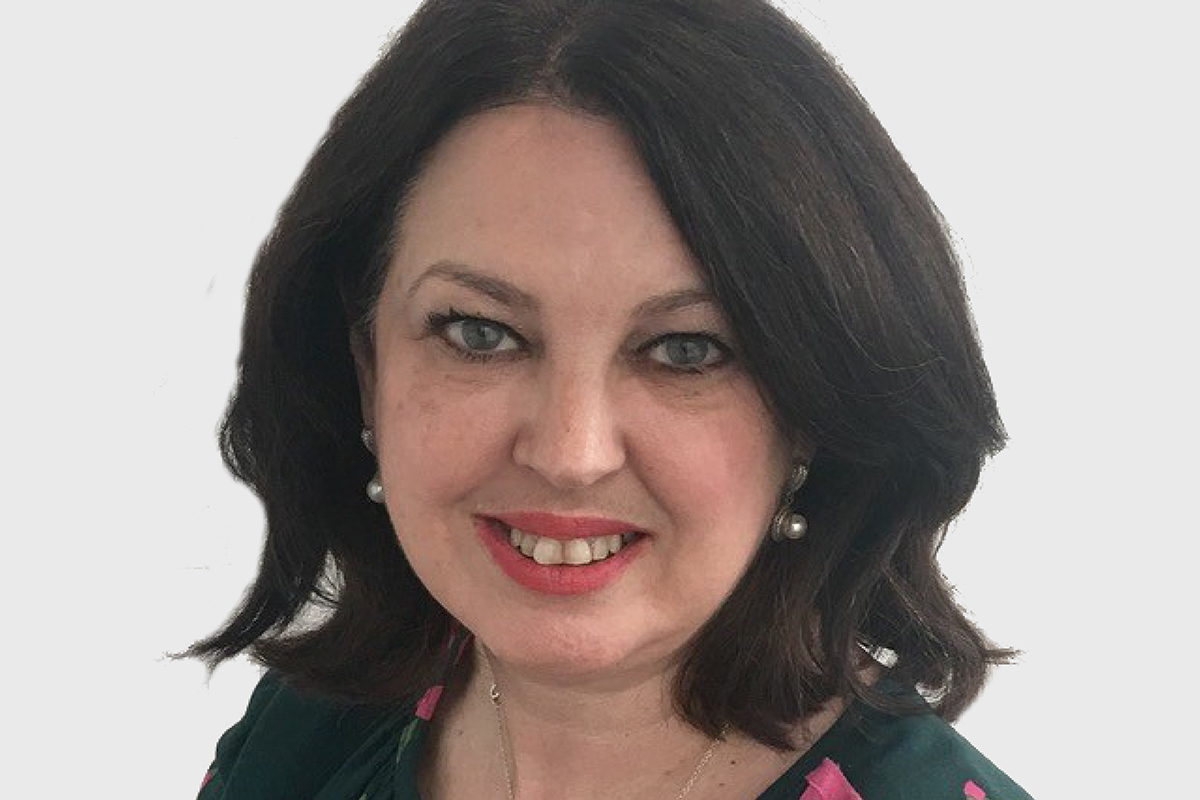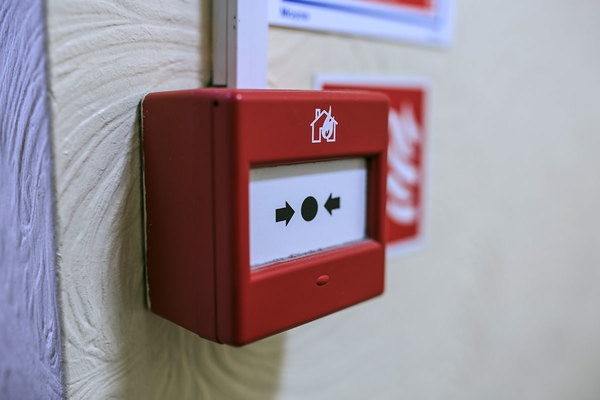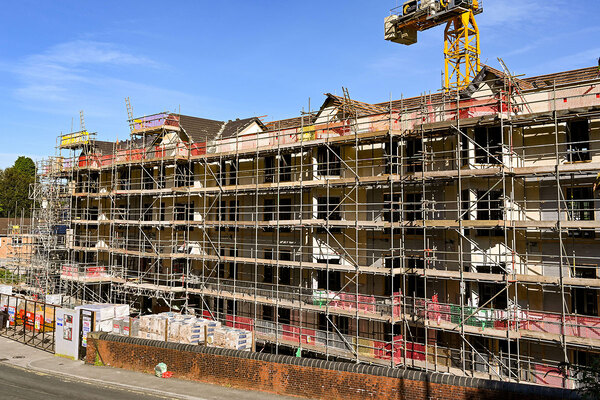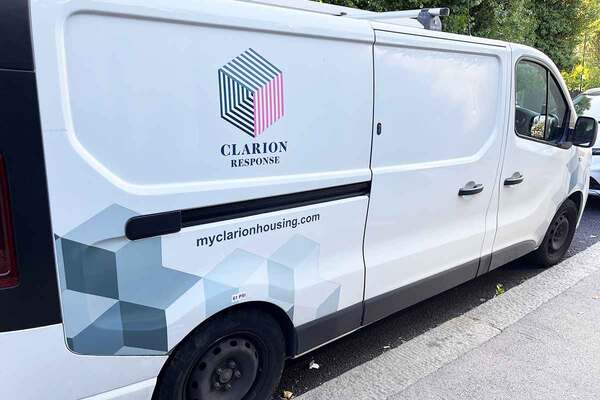Board assurance: how to be sure you are sure
Being informed is not the same as being assured, and boards’ well-crafted plans cannot take the place of real action where it is required, writes Kelsey Walker
“What keeps you awake at night?” This was the question I asked my board in a previous life as a housing association business assurance director. What I was trying to do was find the gaps between the board’s worries and the assurance they were being given on those issues.
It was a brilliantly simple exercise that allowed us to review the status quo and also provided a good opportunity to remind board members of the routine assurance they already received.
We also found some gaps. In particular, there was an issue of concern where we did not have any regular, in-depth assurance. This worry was about a fire breaking out in a care home. Very little assurance was given to the board on this risk, other than a high-level, annual compliance report covering a range of statutory compliance certifications.
We were able to increase the assurance on care homes and fire risk to the board and update the strategic risk assessment to complete a valuable assurance mapping exercise, starting with that simple question: “What keeps you awake at night?”
These days, we are all better informed on fire risk, and the issue of health and safety is very much at the top of the sector’s strategic risk profile, as I discussed in my previous blog for Social Housing. But being ‘informed’ is not the same as being ‘assured’, which is why well-crafted action plans never take the place of actual action.
There is a level of detail that is seen as too ‘operational’ for board reporting and scrutiny, and yet when safety controls fail, the best outcome to be hoped for is reputational damage and not something worse. Regulatory notices issued just this month I’m sure will have board members wondering how they could be assured on the details of, for example, electrical testing programmes.
It is not easy to get the balance right, but it is essential – and therefore we must find ways.
These are some of the questions that board members could ask:
Are we doing all we can to keep our tenants safe?
- This is about more than statutory compliance, but regularly considering policy positions, sector norms and new developments, knowledge and insight of professionals, understanding the condition of stock and the role of housing managers in identifying potential risks
What information do we get that covers the whole programme, not just the current position?
- Understanding how any delays and setbacks impact on the future programme and balancing risk with resource decisions. How do these trade-offs relate to risk appetite?
How do we know we can rely on our data?
- There is the underlying stock and business data. Then there is the data on risk assessments and remedial work. Unless these datasets are captured accurately, there is little comfort to be had. This is the detail, but the board needs to know it has been checked and tested rigorously, and this means that some desktop review approaches will not be sufficient.
Have we invested sufficiently in staff training and development to ensure that they have the relevant skills?
- The people responsible for property management need to be up to date with current practices and ensure that robust documentation is in place and available for audit. This includes all housing, property and finance staff where they have responsibility for property management and plans, health and safety policy, performance and data management.
Working in a regulatory and civil service environment taught me a lot about giving decision-makers everything they need to make the decision. It is a real skill to do so and requires pulling together everything relevant – and pulling out what is not. It is not spoon-feeding boards to provide them with a range of assurance on operational matters, so long as it is well set out and concluded, highlighting any steer needed or action planned.
So, I would urge that we do not make a false divide between operational and strategic risk, because boards need assurance on both. It is about understanding what will have a material impact on the organisation meeting its objective, and making sure assurance is broad and deep enough to give real comfort.
When things go wrong there may be initial comfort in saying there was external assurance on the matter, but less so if the scope of that assurance was insufficient to give real comfort on the main risks or success factors. There is a real skill for boards understanding the right level of assurance so they do not over or under-specify what is needed.
There are a few questions that may be useful to run through when scoping assurance requirements:
- How important is this activity to meeting our business objectives?
- Does it feature as ‘high’ on our strategic risk assessment or not at all?
- How long is it since we have had an independent/specialist view on this?
- Who else is relying on this assurance, other than the board?
- Is the assurance on an area of known organisational weakness?
At your next board away day, consider asking: “What keeps you awake at night as a board member?”
Use this as a prompt to discuss if issues raised are a valid concern (that is material to achieving aims or managing risk) and if there is sufficient assurance, and if not, what else is appropriate. Give your board members a good night’s sleep!
Kelsey Walker, director, Savills Housing Consultancy
RELATED







